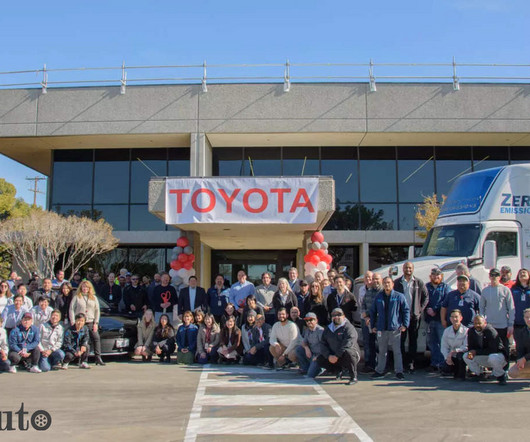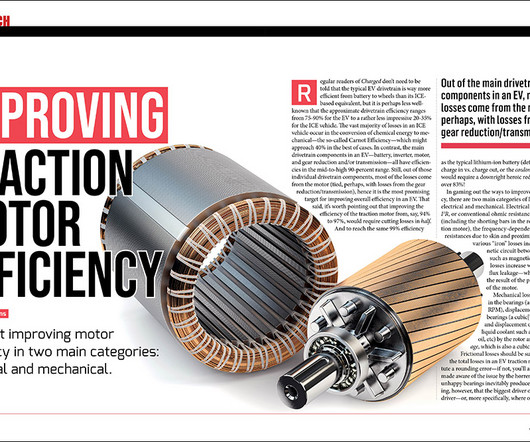Toyota establishes H2HQ in California to promote fuel cell technology – ET Auto
Baua Electric
MAY 3, 2024
H2HQ will drive North American-led hydrogen initiatives and support the localization of global hydrogen-related technologies and products that include light-duty fuel cell applications, heavy-duty fuel cell opportunities, stationary fuel cell power generation, port vehicle applications and more.












Let's personalize your content